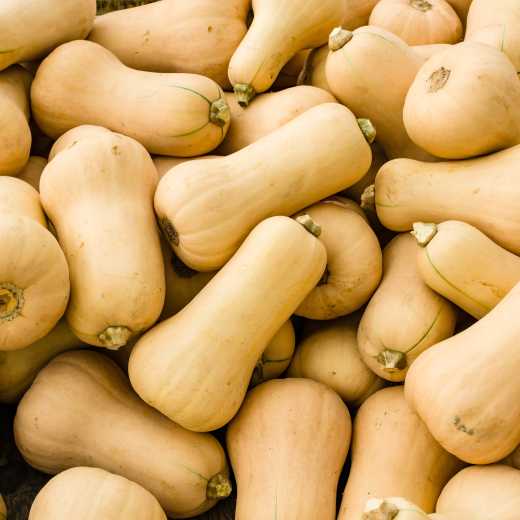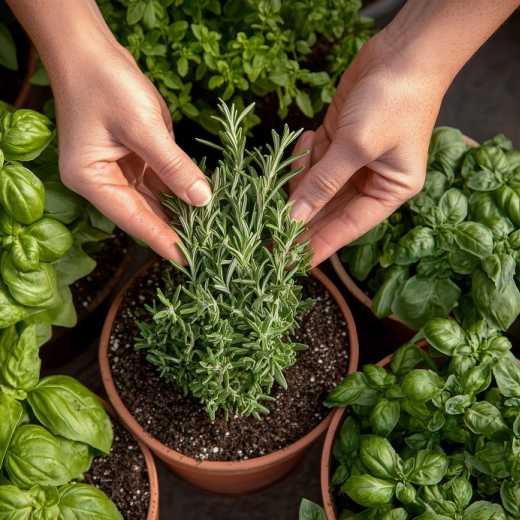Summer's Edible Flowers
Summer is here and the garden flourishes. As you pick flowers for arrangements and harvest vegetables for dinner, you may want to experiment with another crop: edible flowers. Chances are you have plants with edible flowers in your garden already. Edible flowers can add flavor, color, and interest to just about anything – from drinks to desserts to main dishes. Edible flowers are simply flowers from plants that can be eaten safely. While many are tasty and used for flavor, others add color and interest to a meal, decorate a dessert, or garnish a cocktail.
Look around your garden. If you are growing bee balm, daylilies, roses, signet marigolds, and nasturtiums, you can use the flowers in the kitchen. Just keep in mind two caveats: even if you do not spray with chemicals, always wash the flowers. After washing, taste a raw petal to determine the flavor which can vary and to ensure you are not allergic. For some such as daylilies, you may want to remove the anthers to remove as much pollen as possible.
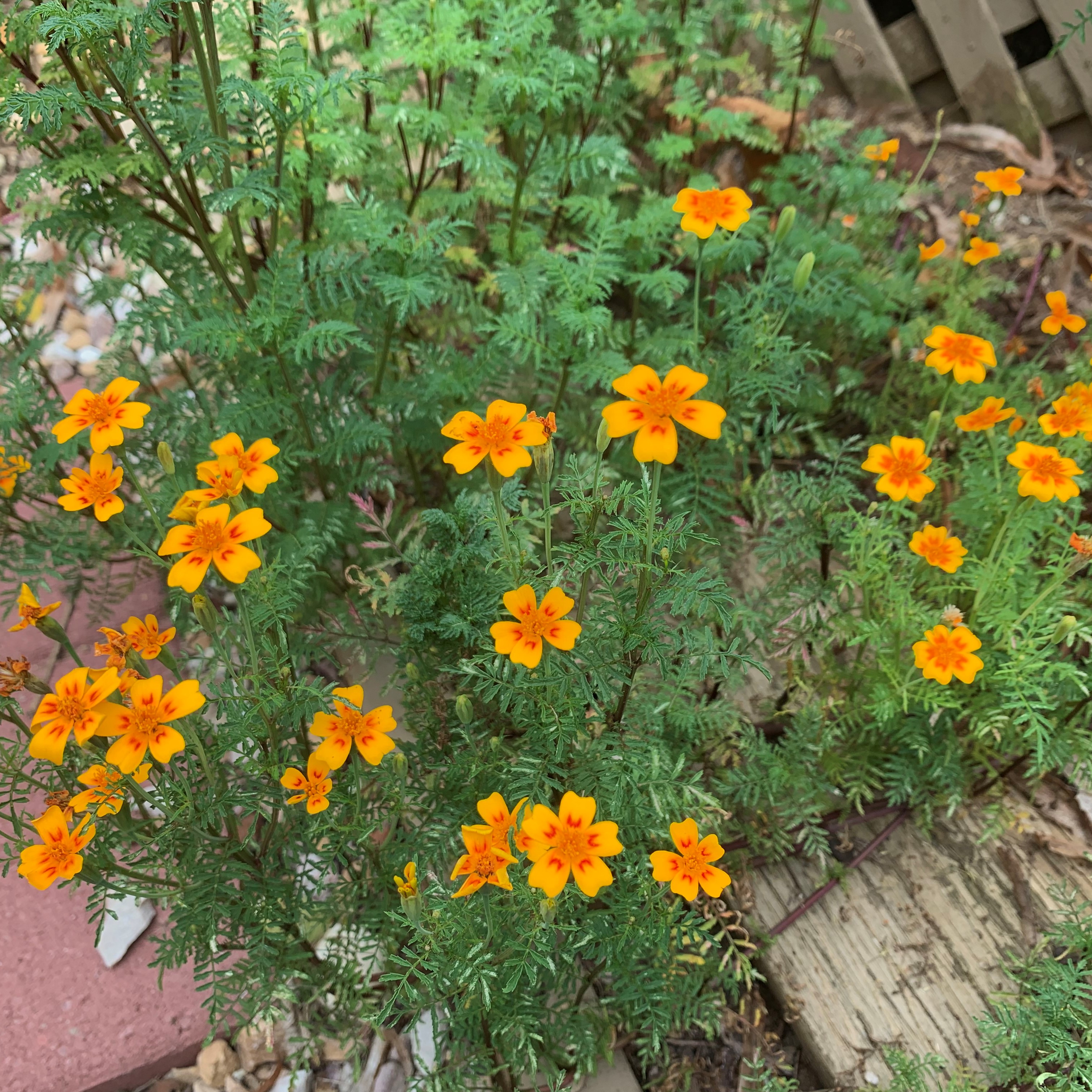
For example, the red flowered bee balm (Monarda didyma) has a sweet and spicy citrus taste. Of all the bee balm plants, this species has the best flavor. The red flowers add flavor and color to tea, lemonade, fresh fruit, fruit tarts, pound cakes, simple syrups, butter spreads, or melted butter for fish. The entire flower heads can be placed in a pitcher of lemonade or separated petals can be sprinkled on top of whipped cream with fresh fruit. The purple flowering type (Monarda fistulosa) is not as flavorful but is still edible. If you only have that plant in your garden, you can still use the flowers as a garnish, on the side of a salad or pound cake, or you can sprinkle the lavender-colored petals on a white-frosted, angel food cake.
The flavor of daylily flowers (Hemerocallis spp.) will depend on the type, but in general the petals taste like lettuce with a crunch. Because of their funnel shape, they are great for filling with cream cheese or a chicken salad. If you support an individual flower in a small glass or egg cup, you can fill it with a scoop of fruit salad. Remember to remove the pistils and stamens before you use them in the kitchen. Daylily flowers can be stuffed with cheese and fried. The unopened flower buds can be battered and fried or added in a stir fry dish.
Roses (Rosa spp.) vary quite a bit in flavor but all rose flowers are edible, so they can always be used to color a dish. Try eating a petal first to see if there is a good flavor. If not, then just use the petals to decorate cakes, fruit salad, or a cocktail. Rose buds are also beautiful garnishes for cheese platters and cupcakes. Rose petals can be dried, chopped and added like confetti or layered with sugar for a red or rose flavored sugar.
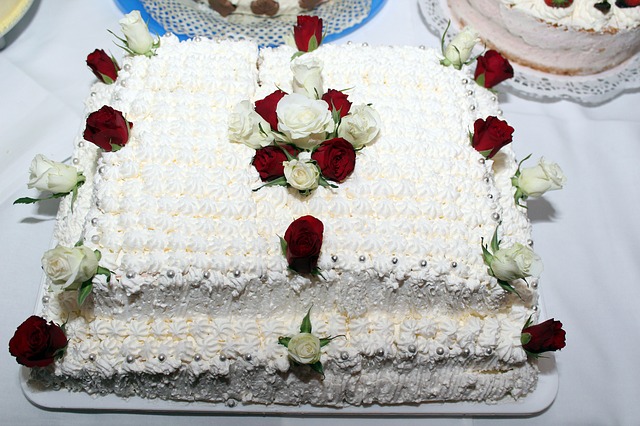
Although people often say marigolds are edible, the common French (Tagetes patula) and African (Tagetes erecta) types are not very tasty. The best marigolds for flavor are the signet marigolds (Tagetes tenuifolia). Usually, you will find them as the Gem series – Tangerine (orange), Red, and Lemon. These are bushy plants, about a foot tall, with fine, feathery leaves and small flowers, only about an inch wide. The blossoms have a citrus taste and depending on the type, provide a bright yellow, orange, or red color. Pulling off the petals and adding them to green pea soup or red tomato soup adds contrast and interest. Adding petals to cheese dishes, deviled eggs, butter, potato salad, muffins, quiche, and egg salad will add flavor and color. Usually signet marigolds are used in savory dishes, not sweet. Because these are not commonly grown as bedding plants, you may have to order seeds online and start from seed in May. They are as easy to grow as the other marigolds.
Nasturtium flowers (Tropaelum majus) are very flavorful and are used to add a pepper taste. There is a wide variety of nasturtium flower colors and shapes, but they are usually bright orange, yellow, or red. The varieties with a prominent funnel shape are great for stuffing with cream cheese or tuna salad. The entire flower can garnish a vegetable dish, or the petals can be sprinkled on green beans for contrast. These savory flowers are great for finger or tea sandwiches, butter for potatoes or seafood, green salads, or cream or goat cheese. Think of using nasturtiums to add red petals to an orange butternut squash or yellow petals to a red tomato soup. The nasturtium leaves also are edible, so you can layer a blossom on a leaf for added interest.
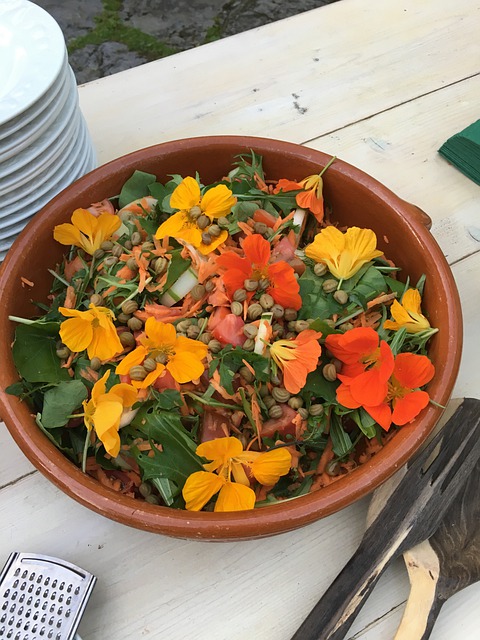
Next time you bring a dish to an event or have friends over for a meal, add a few flowers. Fresh flowers will certainly add interest and appeal to your dish and spark a conversation among your friends.

 Member Login
Member Login


